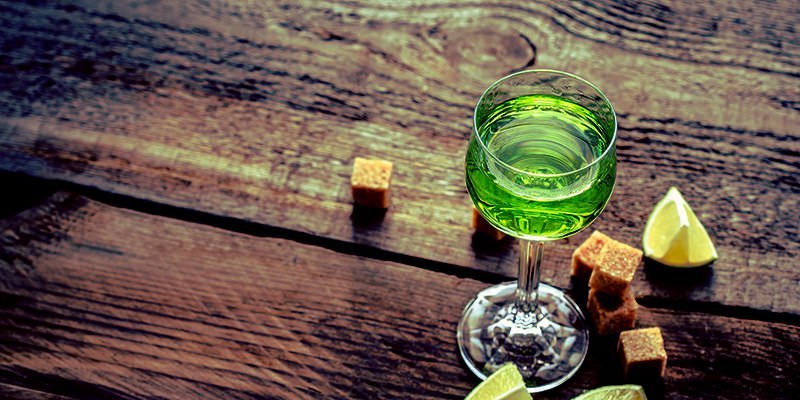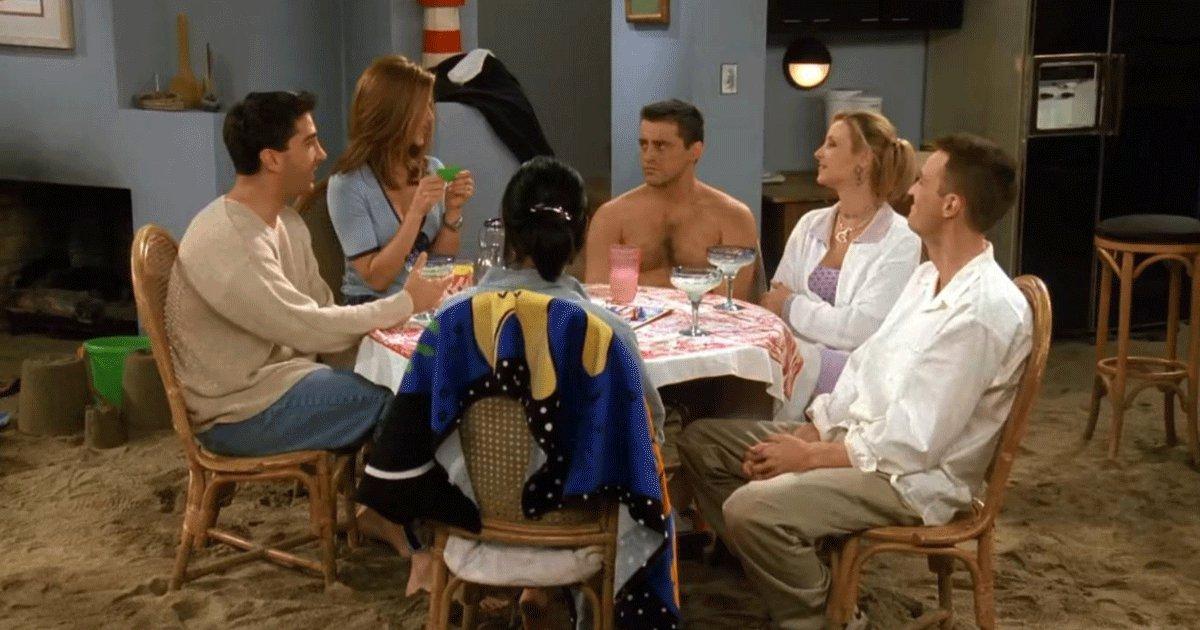Meeting up with friends for a couple of drinks after work or on our time off, is something we normally do. We order a bottle of our favourite poison, tip the bottle into the glass, there’s a clink of ice cubes and cheers!
And obviously, when you’re in the middle of a drink, you’re not really engrossed in an depth study of the label (assuming you’re in good company). But if you ever did look at the label, you’d notice the ‘proof’ and ‘V/V’ on it.
First, you need to know what proof is. Very simply, proof is the ethanol (alcohol) content present in your bottle. This process of calculation was first found in UK. Back then, proof was equal to around 1.75 times the alcohol by volume (ABV).
The V/V that we spot on the labels of our bottles, basically means alcohol by volume.
Proof also helps to keep with government regulations. If the proof turns out to be more than the government regulated content, it cannot be sold anywhere. The regulated amount in India is 42.8% V/V.
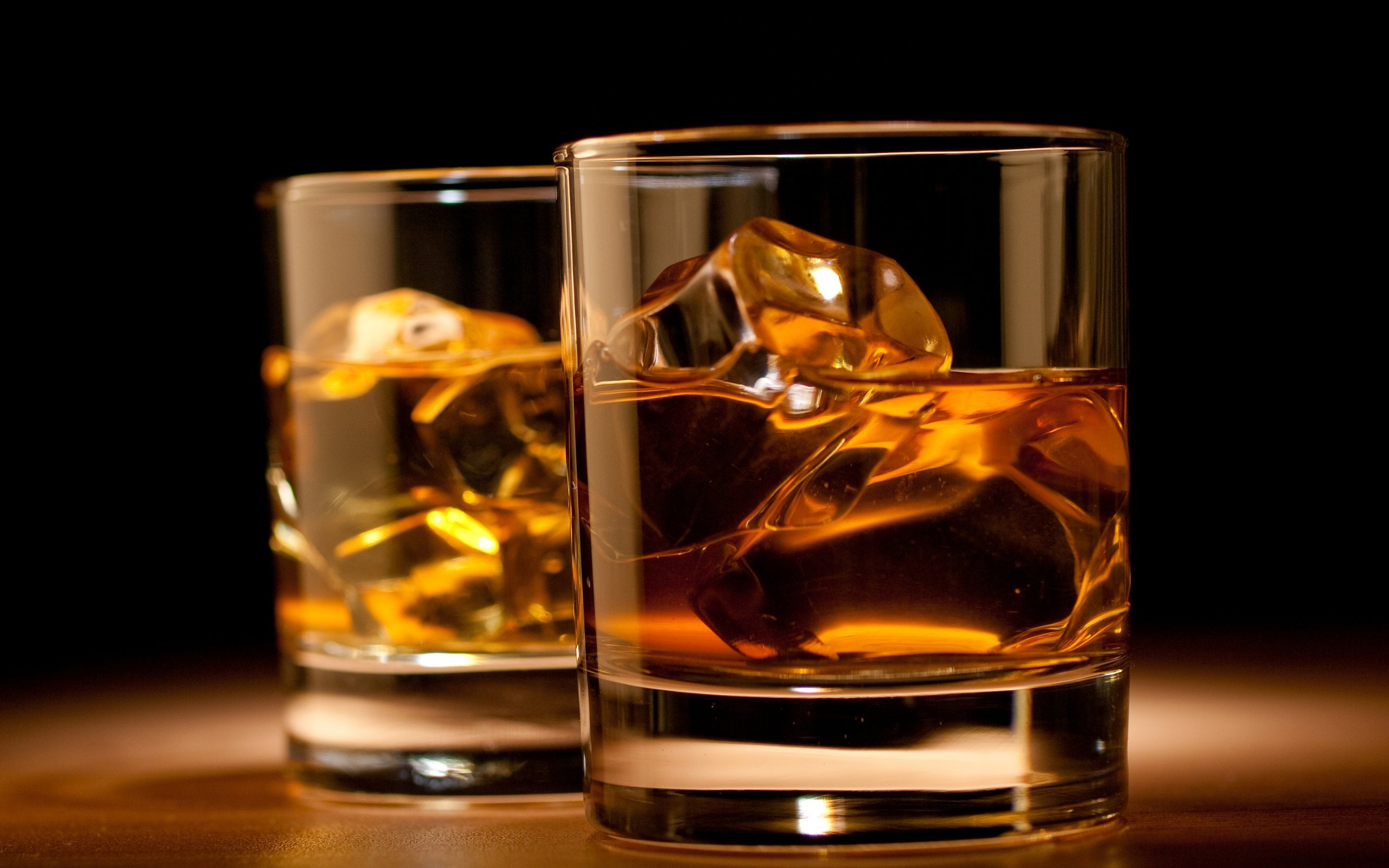
‘Proof’ originated in 16th century England, when spirits were being taxed according to their alcohol content. Interestingly, the British devised the ‘gunpowder method’ to test the proof, by soaking a pellet of gunpowder in the spirit. If the gunpowder still burned, the spirit was termed as ‘above proof’ and taxed higher. Gunpowder soaked in rum would not burn if the rum contained less than 57.15% ABV. Rum with 57.15% ABV meant it had 100 degrees proof. Hence in India, alcohol content in bottles is 42.8% V/V or 75 Proof.
UK has, since then, shifted to ABV – Alcohol By Volume and India and Canada followed the example.
The Americans came out with another method in which 2 proof equalled 1% alcohol V/V; so a 100 Proof bottle simply has 50% Alcohol V/V.
Now that we are all whizzes at the ABV thing, let’s find out the different alcohol content in our favourite drinks.
The beloved, warm Old Monk which is a favourite at Christmas and New Year get-togethers in winter has 42.8% ABV.
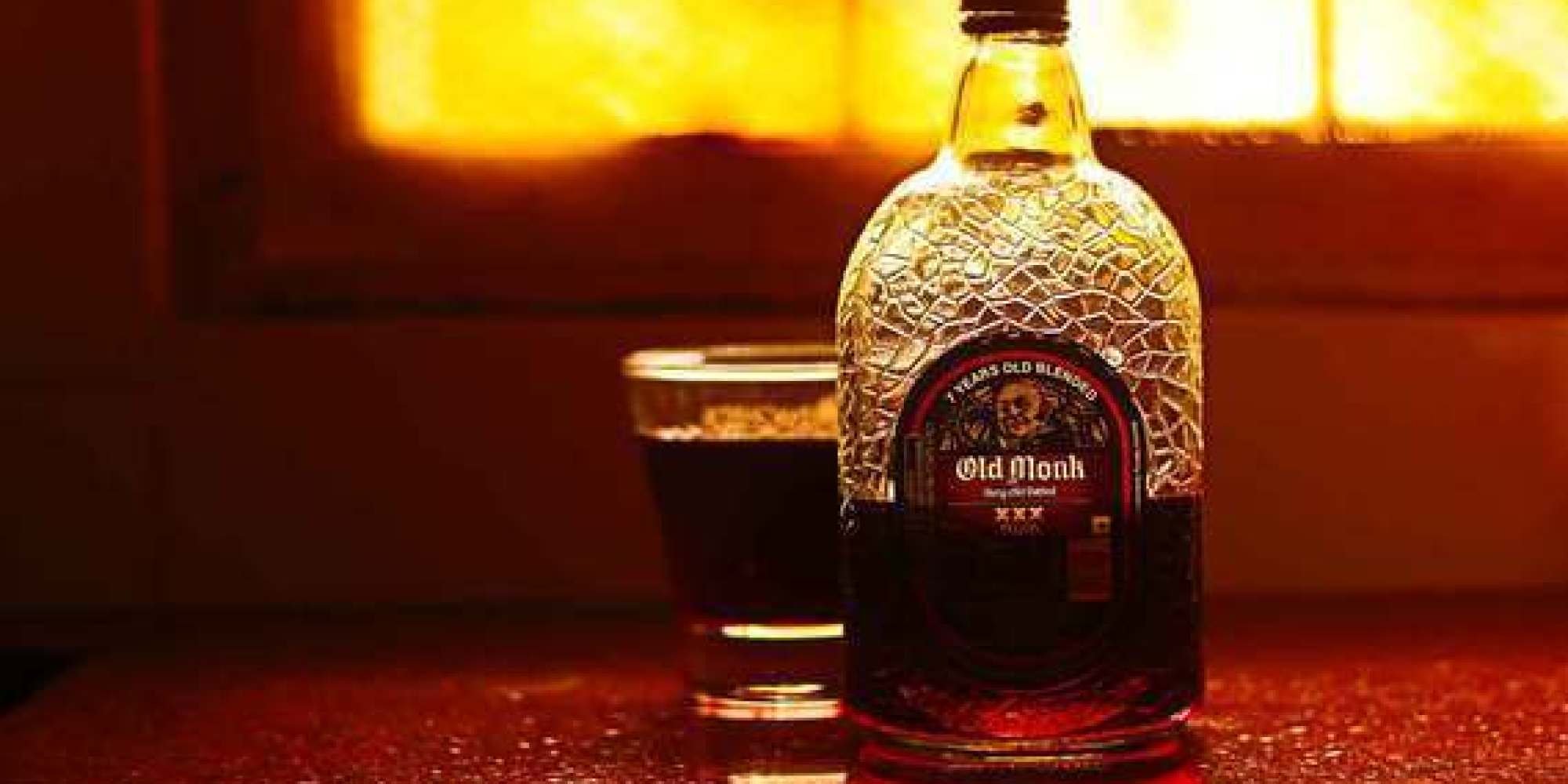
A frothy beer from Kingfisher has a low 6.0% alcohol content. (Try convincing your parents to get you a bottle, without success)
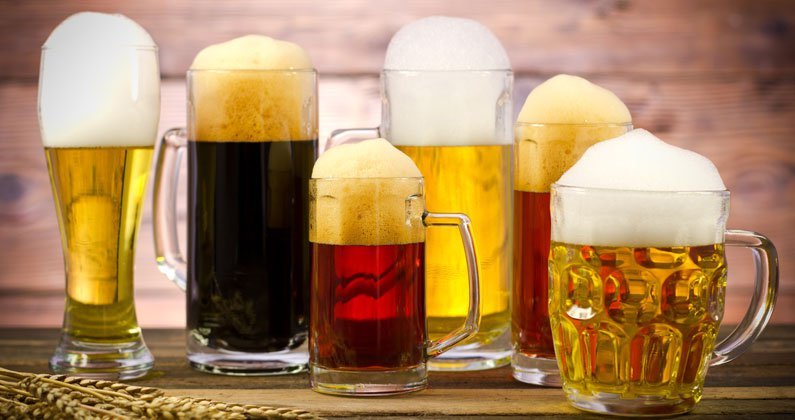
Bacardi white rum, which makes kick-ass pina coladas by the way, has 40% ABV in the US and 37.5% ABV in the UK and continental Europe.
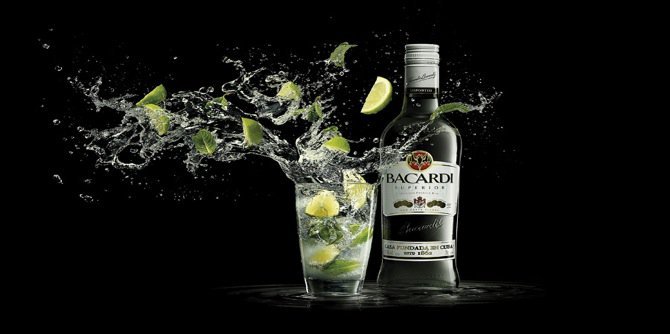
A bottle of Jack Daniels normally has around 40% alcohol content
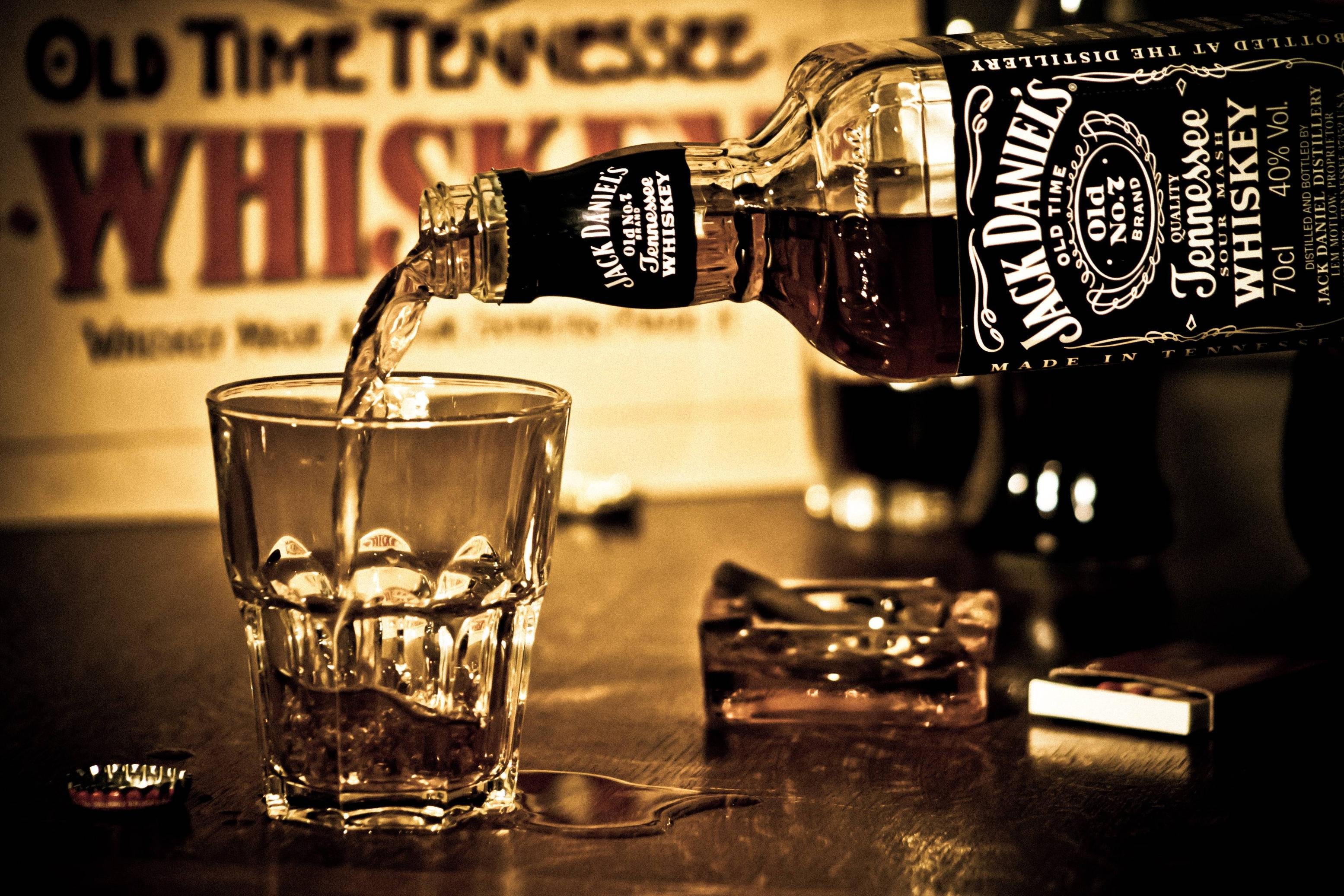
A bottle of fine Teachers’ Highland cream blended scotch whiskey has about 40% ABV.
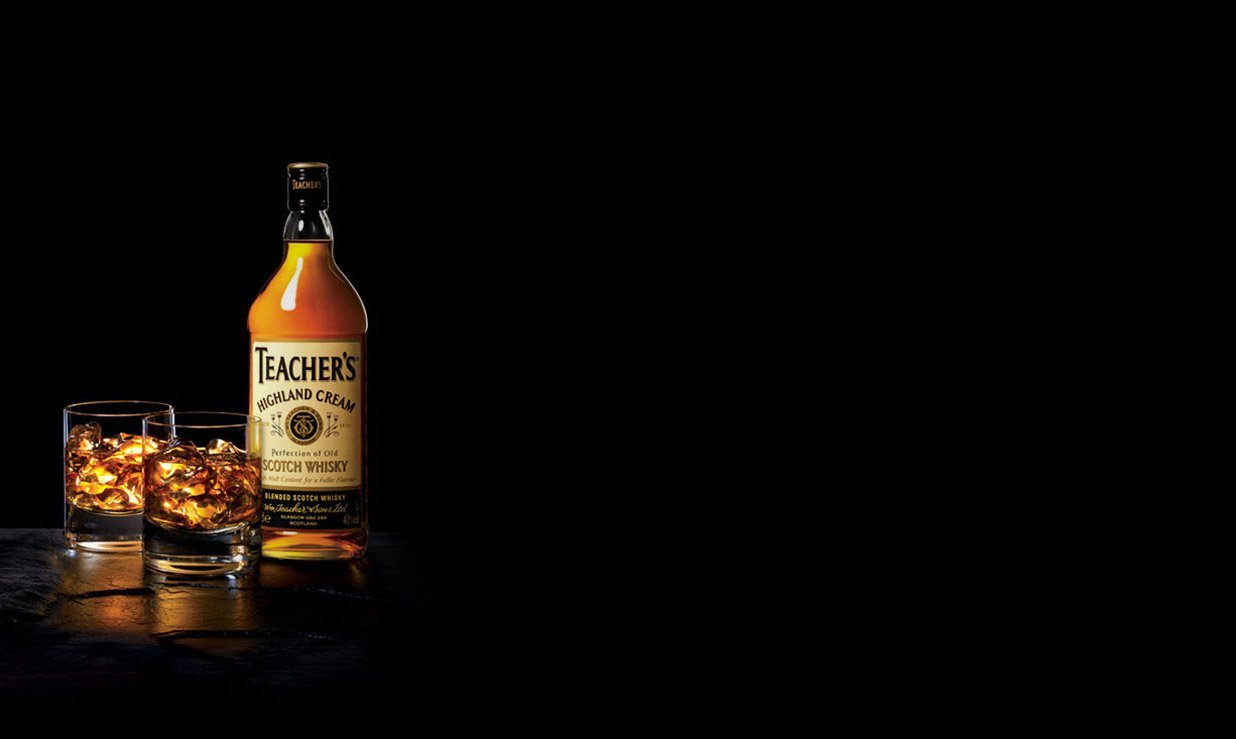
Your average bottle of Absolut vodka stashed away for that party over the weekend, also has a 40% ABV.
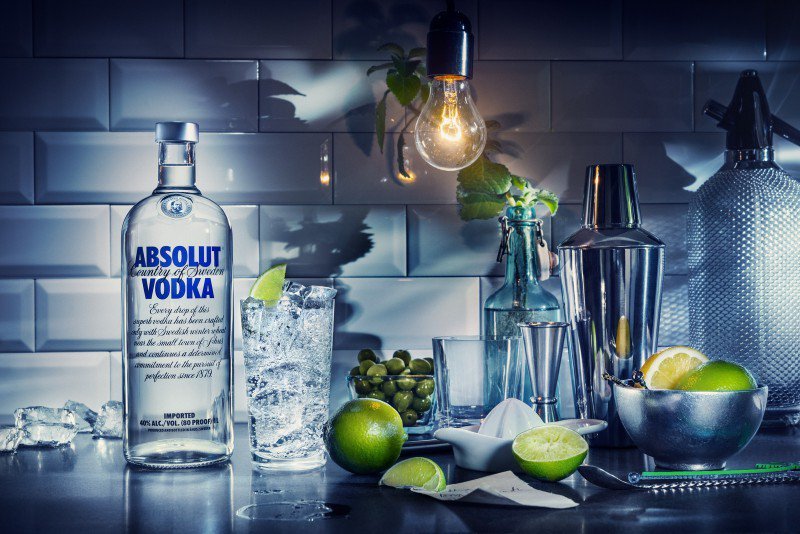
Most vibrant and soothing wines, even Indian ones like Sula have 12.5% to 14% alcohol content.
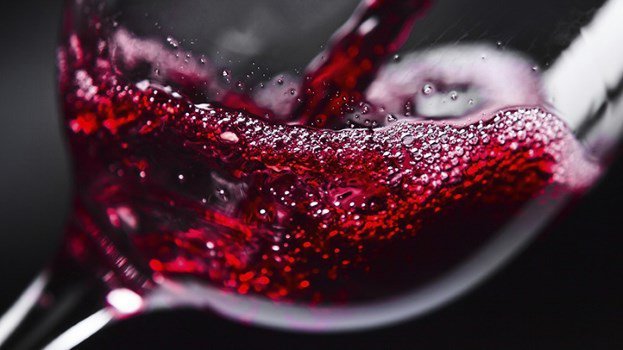
Finally, if you need something which will make you fly, try Absinthe.
Pricey at 6.5 k a bottle in India, it is anything between 45% ABV and 85% ABV. Don’t be surprised if it gets you hallucinating about a prancing unicorn.
